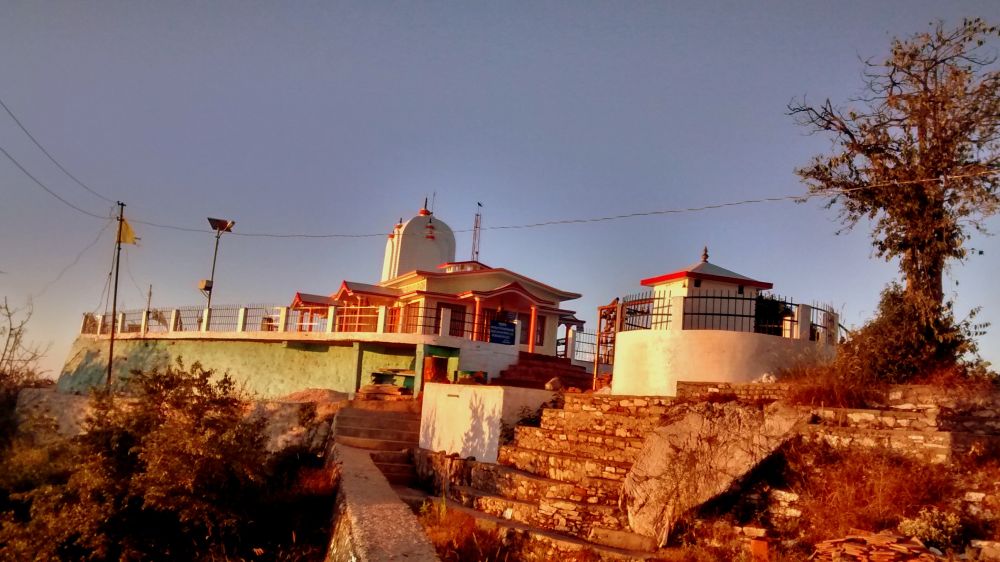

Nestled in the serene and picturesque district of Pithoragarh in Uttarakhand, India, the Thal Kedar Temple stands as an emblem of religious significance and timeless faith. This ancient temple is dedicated to Lord Shiva, one of the major deities in Hinduism, attracting devotees from across the nation to seek blessings and revel in its divine aura.
The origin of Thal Kedar Temple is shrouded in the annals of mythology and a deep-seated connection with the Hindu pantheon. The temple's history is replete with tales of its inception during the times of the Mahabharata, making it a site of immense historical and cultural importance. It is said to be the place where Lord Shiva camouflaged himself to evade the Pandavas, thereby granting the temple its sacrosanct status.
While the temple has been a focal point of spirituality for centuries, tourism in the region commenced relatively recently. The push for tourism started post-India's independence when efforts were made to bring the rich cultural tapestry of Uttarakhand's hill temples to the fore. The foundation of touristic allure in Pithoragarh, inclusive of Thal Kedar, dates back to the 1960s and 1970s when infrastructure began improving, making these religious sites more accessible.
Over time, Thal Kedar turned into a prominent destination for the ardent and the explorer alike. The annual Thal Kedar Fair during the month of Shrawan (per Hindu calendar) became a significant draw for tourists, augmenting the temple's stature. The fair coincides with the monsoon season, a period when Lord Shiva is especially venerated.
Accessibility to the temple has been a key factor in the growth of tourism. Recently, the state government has worked towards improving roads and facilities making the pilgrimage to Thal Kedar smoother. These developments not only provided a spur for the religious tourists but also for trekkers and nature enthusiasts.
The current trend in tourism around Thal Kedar showcases a blend of spirituality and adventure. With the burgeoning interest in ecotourism and trekking, Thal Kedar Temple is emerging as a destination for those seeking solace in nature and age-old spiritual practices. Additionally, tourism promotion focusing on the rich biodiversity, unique flora and fauna, and the ethereal beauty of the Himalayas in the region has amplified its appeal.
Consistent with the latest trends in tourism, there's an increasing emphasis on the conservation of the natural and cultural heritage surrounding Thal Kedar Temple. Efforts are being made to ensure that tourism remains sustainable and benefits local communities while preserving the pristine environment and the sanctity of the sacred grounds of the temple.
In summary, the Thal Kedar Temple in Pithoragarh is not just a religious bastion; it stands as an embodiment of the synergy between devout sentiment and the raw natural beauty of Uttarakhand. It continues to draw in a growing number of visitors each year, guided by the harmonious development of spiritual and eco-friendly tourism.